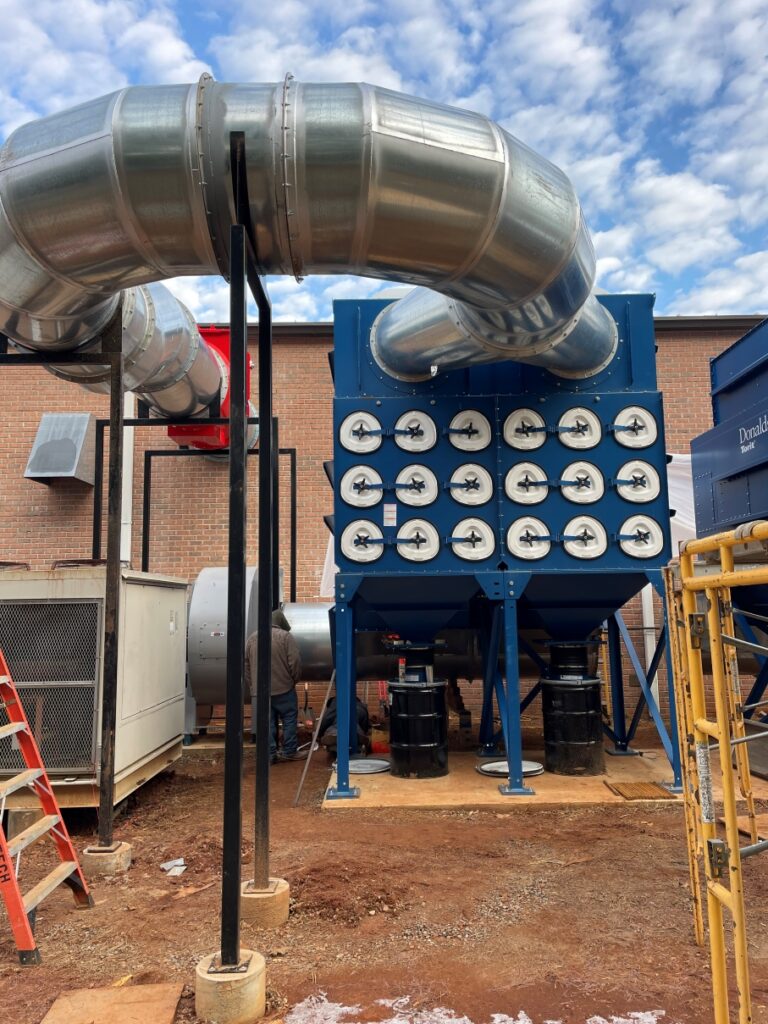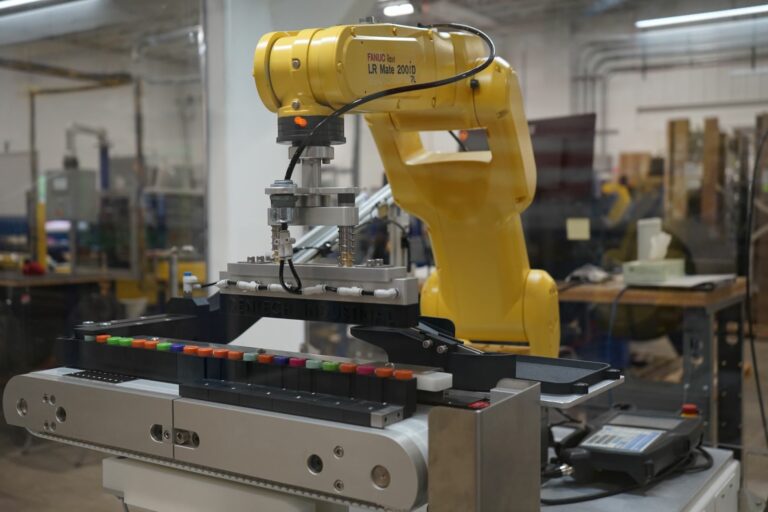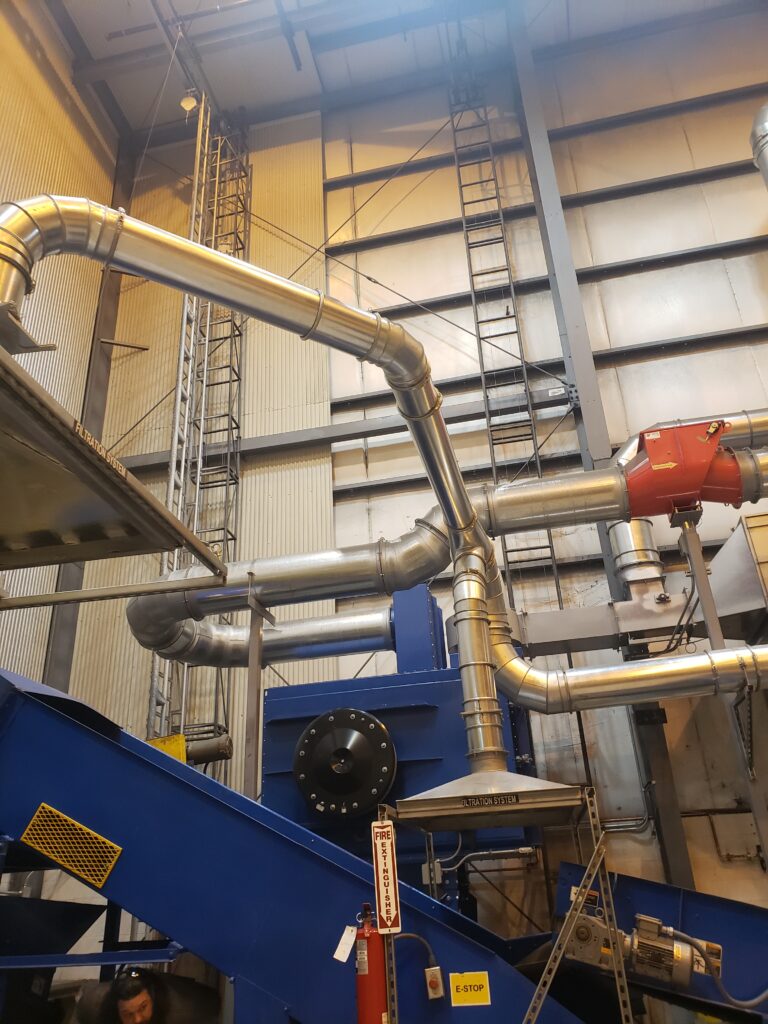In recent years, industrial companies have increased their spending for automation and robotics. According to the International Federation of Robotics, the number of operational robots around the world is at a record high of about 3.5 million units, valued at an estimated $15.7 billion.
Challenges from the pandemic, supply chain issues, and labor shortages are driving companies to adopt automation and robotics with increased efforts. Check out these automation and robotics trends for 2023.
1. More energy efficiency
Implementing robots in manufacturing facilities helps lower energy costs. Compared to traditional assembly lines, robots run more efficiently (which lowers operating costs) and work at higher speeds (which increases production rates).
2. Increased efforts for reshoring
Manufacturers continue to re-shore their operations due to rising labor costs overseas, decreasing costs to implement automation, and supply chain challenges. With more processes brought back to the U.S., manufacturers have more control over their operations. Shorter supply chains result in reduced emissions, so reshoring helps companies make progress toward sustainability goals.
3. Robots that are easier to use
Software-driven automation platforms are making robot programming more accessible to people outside of robot manufacturing companies. OEMs collaborate with low-code or no-code technology partners so that people with various skill levels can program a robot. This is helpful to system integrators who may work with different robotic systems or across many industries and applications.
Programming interfaces are becoming easier to use, which is beneficial to end users. When learning how to program and operate a robot is easier, implementation costs go down.
4. Artificial intelligence enhances how robots operate
Artificial intelligence helps robots manage variability and unpredictability in an environment. This capability helps manufacturers, logistics providers, and retailers deal with product, orders, and stock that change frequently. AI algorithms can provide cost-effective and fast solutions.
5. Refurbished and upgraded robots
New technologies offer great opportunities to upgrade older robots, which can have a service lifetime up to 30 years. Industrial robot manufacturers like FANUC and ABB have specialized centers to refurbish or upgrade used robots. This saves costs and resources.
6. Increased use of collaborative robots (cobots) and mobile robots
Cobots are the fastest growing segment of the industrial robotics market. Cobots are easy to work with and complement human labor and industrial robots. Mobile robots also have become more popular in industrial applications.
What are we seeing at DenTech?
Many of the automation and robotics projects we work on enhance the customer’s processes by making them safer and more efficient. For example, a robot may replace repetitive motions or heavy lifting that could cause injuries in humans. These use cases enable people to work on different parts of the business or develop new products and technologies. Automation and robotics free up resources within the company to explore new opportunities.
Hear more from Ron Borne, our Senior Automation Technical Specialist, in the video below.
Our team is here to help!
Are you looking for automation and robotics solutions for your facility? Talk to our team about your facility’s needs and challenges.





